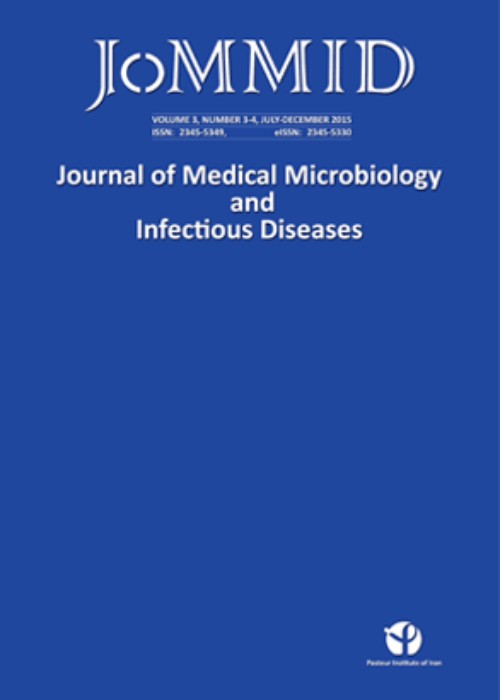Antimicrobial Activity of Ceftazidime-Avibactam (CAZ-AVI) among the Carbapenemase-Producing Gram-negative Rods Isolated from Clinical Samples
Treating Gram-negative bacteria that produce extended-spectrum beta-lactamases (ESBLs), AmpC Beta lactamases, and carbapenemases is a significant clinical concern worldwide. To address this concern, Ceftazidime-Avibactam has been approved by the United States Food and Drug Administration (USFDA) as a practical option for combating multi-drug resistant (MDR) and extensively drug-resistant (XDR) organisms. Our study focused on determining the extent to which MDR Gram-negative organisms from various clinical samples exhibited resistance to CAZ-AVI.
Conducted at a central India tertiary care teaching hospital, our prospective study analyzed 258 Gram-negative bacteria specimens. These bacterial strains were identified using standard biochemical tests. ESBL production was detected using the combination disk method, while the AmpC enzyme was detected using the Epsilometer test (E-test). Furthermore, we assessed carbapenemase production using disk diffusion methods. Our study used the E-test to identify Metallo-beta-lactamases and Klebsiella pneumonia carbapenemase (KPC) activity. Additionally, we utilized the E-test to analyze the susceptibility patterns of CAZ-AVI.
Of the 258 Gram-negative isolates studied, 214 (83%) were ESBL producers. Among these isolates, 90 (35%) showed evidence of AmpC beta-lactamase production, with 17 (19%) being pure AmpC producers and 73 (81%) being ESBL co-producers. 55 (21.50%) were found to be carbapenemase producers. Among these isolates, 34 (62%) were MBL producers, while 11 (20%) were KPC producers. Of the carbapenemase-producing isolates, 14 (25.50%) were resistant to CAZ-AVI. Among the MDR isolates, we found that CI 109 (90%), PB 118 (97.50%), and FO 113 (93.50%) were the most effective antimicrobial agents.
Gram-negative organisms that produce ESBL, AmpC, Carbapenemase, MBL, and KPC are particularly challenging for clinicians and a significant threat worldwide. However, our study results suggest that CAZ-AVI could be an effective standard therapy for managing MDR Gram-negative organisms.
CAZ-AVI , Carbapenemase , MBL , MDR , Gram-negative organism
- حق عضویت دریافتی صرف حمایت از نشریات عضو و نگهداری، تکمیل و توسعه مگیران میشود.
- پرداخت حق اشتراک و دانلود مقالات اجازه بازنشر آن در سایر رسانههای چاپی و دیجیتال را به کاربر نمیدهد.


